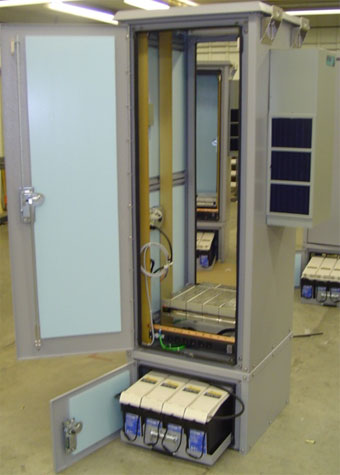Traffic Control Enclosures Review
Industrial, Testing, and Engineering Equipment
Traffic Control Enclosures Review
Traffic Control Enclosures are designed to accommodate requisite electrical and mechanical components, provide protection from accidental injury, and control the introduction of undesired envoronmental contaminants, such as water, dirt, dust and foliage. Traffic control enclosures application within the United States is normally regulated or specified by federal, state, or local authorities with respect to the National Electrical Manufacturers Association or NEMA standards. NEMA is an industry recognized organization that hosts the development, publication and recommendations for the safety standards, performance, different classes, corrosion resistance, ability to protect from submersion and rain.of electrical equipment. For countries that are members of International Electrotechnical Commission or IEC, designers are directed use their applicable standards for classifying and specifying the requirements and protection ratings required for traffic control and other utility enclosures.
 Courtesy OkSolar |
Traffic control enclosures can be fabricated from from rigid polymers (plastics), ferrous and non-ferrous metals, natural or chemically processed wood. Traffic enclosure requirements and specifications vary across each state, county and even districts. Regional climates will affect local specifications requirements. Enclosures are normally standardized, however some have features to facilitate some flexibility, such as; partially punched openings (knockouts) which can be removed to accommodate connectors, cables, or conduits. Often, traffic control enclosures are referred to as "junction boxes", or as with the larger street enclosures types, are often refered to as a cabinet or in United States telephone jargon, "Serving Area Interface Enclosure ".
When local or state regulations are not available or specified for a traffic control enclosure, NEMA or IEC enclosures specifications should be followed
Applicable NEMA Standards;
TS 2-2003, Traffic Controller Assemblies with NTCIP Requirements, has been revised for the first time in five years. Developed as a design guide for certain traffic signaling equipment, it is intended to reduce hazards to people and property. It covers device communication over a data channel with unlimited capacity and the use of a high-speed data channel in order to reduce possible malfunction.